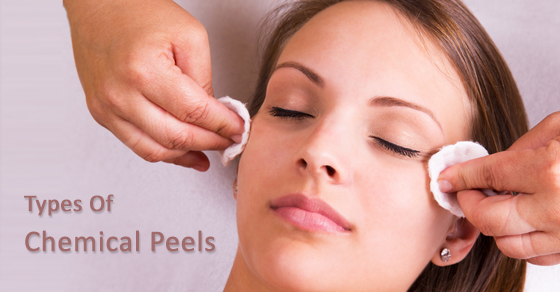One way to get serious about skin exfoliation is to use a chemical peel. This is a mask composed of various chemical agents is designed to penetrate the epidermis and ultimately remove multiple layers of skin upon being wiped away.

These peels are comprised of wounding agents that safely strip dead skin layers, thus leaving behind the young, healthy, and rejuvenated ones beneath.
Chemical Peels: The Cosmetic Treatment of Choice for Younger Looking Skin
The use of Chemical Peels as a cosmetic treatment have been around for years and essentially facilitates what occurs naturally in the body. Instead of one, there are actually numerous types of peels available to patients, with variations ranging in the depth of chemical penetration to the specific ingredients used.
The level of acid concentration, the number of chemical peel coats, and how long the acid is allowed to sit before being removed will all affect how effective a particular treatment is. Given the sensitivity of the epidermis, special care must be taken to ensure too many layers of skin are not removed.
Common Types of Peels and Their Respective Pros/Cons
New patients are often eager to get the greatest benefit as soon as possible, but it should be noted that with deeper peels come an increased risk of side effects, a possible increase of\ pain and discomfort, and a lengthier recovery time than those which are associated with their less intensive counterparts.
For those who have never applied a peel, the superficial variety is usually the best route to take. These kinds typically entail the application of a solution which exists on the very low end of the acidic spectrum. These treatments ensure minimal downtime and noticeable results after a single application.
On the contrary, medium-peels are comprised of Trichloroacetic acid (TCA), a chemical that causes second degree burns on the skin; given the increased discomfort associated with these types of peels, multi-step applications are necessary. However your skincare professional will supply you with creams and possibly pain medications to ensure that the process is as comfortable as possible.
Lastly, deep peels are the most severe of the three, and they can only be performed on the face. Phenol is the primary chemical agent used in most clinics, and due to its high acidity should never be used on dark-skinned people, as bleaching can occur.
Also known as hypopigmentation, the latter can also occur on individuals with fair skin; patients should always consult with their doctor to see if they qualify for the procedure. Deep peels are used to treat heavy wrinkles, scarring, and skin damage caused by sun exposure.
For more information about Chemicals and their uses, contact our dermatology experts today!



Leave A Comment